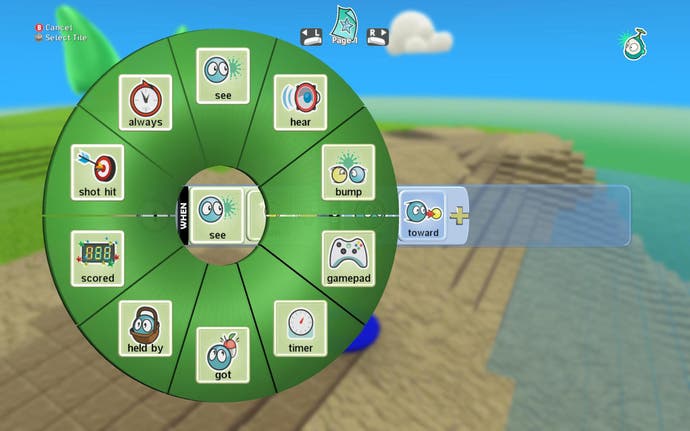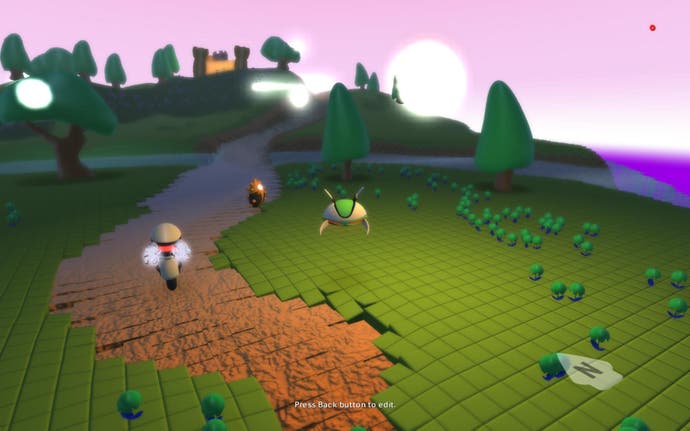Care in the Community
Microsoft's Boyd Multerer and Matt MacLaurin talk XNA and Kodu.
We're already starting to see that some of the best content is being picked up by studios and will end up showing up in Arcade, which is one of the big pulls. We're very happy with the amount of content coming through the channel, there's lots of diversity both in game concepts and styles. It will continue to be a really fun place for new stuff to emerge.
It probably has to do with the amount of risk you want to take as a developer, and with turnaround time. There's a big difference between giving something up to the Community Games channel and getting it ready for a worldwide release.
We've found with Games Studio that when it's time to go off and be professional in the Arcade space, people start to learn about multiple languages and a whole load of other things that kind of raise the bar. As a consumer I know that when I go into the Arcade space, everything's going to be finished and there will be different language versions. When you go into the Community space, it is rougher and a bit more risky from the consumer's point of view. But you're also going to find gems in there.

We're working on a number of things to help with the sorting and the filtering. There's one feature, which exists right now that I think people should be using more - when you go to Marketplace on the web, all the Community Games are there. You can take people directly to your title right there. I look forward to seeing people make more of that.
You know, I don't know. One thing we're very specific about with XNA is that we're about helping people make games. We're purposely not trying to play a role in portfolio management; that's for Microsoft Game Studios.
I can't really speak for why they've chosen the limits they have on the XBLA side. Again, that's a part of how they want to manage the Arcade portfolio, and we're staying focused on the development side.
I know that in the community there are also file-size limits, and partly it's because big files always have a cost. We have to somehow manage the amount of risk that the overall system is taking.

B No, I haven't heard that argument. When it comes to the Games Studio, the Community and the Arcade stuff versus the big blockbusters, it's just like the movie industry in the nineties. Indie films came out and that did not kill the blockbuster; it just made the pie bigger. The same thing's happening here. The niche game is there but so is the blockbuster, operating in a different space.
It was almost a year ago we passed a million downloads of the toolset, which was great. There's a lot of people busy experimenting. I suspect some of them are finding the learning curve is a little harder than they thought, if you want high production values - but that's to be expected.
There's a long-term trend that's not going away. Think about 10 or 20 years ahead. It's clear the chips are going to be really, really powerful. It's going to be about controlling your art costs, and you're going to make choices about which market you're aiming your game at and how much money you want to invest in the artwork side.
We see teams now with a 10-to-1 ratio of artists-to-programmers, and that's where all the money's going. I think we're heading towards a world where we'll start seeing 20-to-1. You can see the precursors today. That doesn't mean there won't be blockbusters and high production values - they will still be there. But developers will have more choices about what kind of content they make.
Matt MacLaurin is principal program manager for Microsoft research. Boyd Multerer is general manager for the XNA Game Platform.
